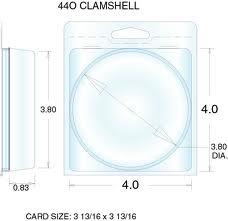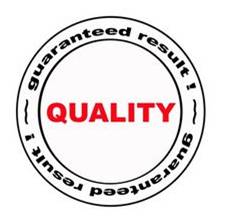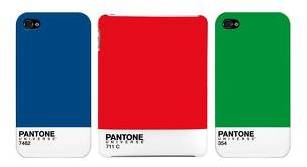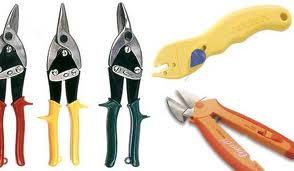When sourcing from China, samples play a key role. They help ensure more accurate communication across the supply chain and offer a convenient way for the buyer, seller, and agents to overcome omissions or confusions on spec, language barriers, and ultimately achieve better results for all involved parties. They have a fundamental and positive influence on all stages of the sourcing process if utilized correctly.
 1) Request for Quote and Sourcing
1) Request for Quote and Sourcing
Getting an accurate quote on any product when sourcing from China can be complicated. Understanding and communicating detailed specifications, offering a target price, and including a picture are important and helpful. But they are often not enough.
To truly get an accurate quote, we always recommend that our clients send a sample to validate and enhance the spec and other information that they have provided. This affords your supplier a cross reference and improves the chances that the quote you receive will be closer to accurate on the first round. Accuracy is defined as meeting all customer expectations in terms of quality, design, functionality, etc. If the sample is a good representation of these expectations, then a close match between the products being quoted and the samples provided will help ensure an accurate quote. This is even more relevant when molds or tooling needs to be opened for the product in question. Creating new molds can sometimes be a costly and time intensive process and using samples throughout the mold process allows can help to minimize unnecessary costs or delays that occur because molds or tooling needs to be changed.
 2) Samples for packaging, quality level and related price points
2) Samples for packaging, quality level and related price points
Even the most basic items (such as a hammer or a wrench) can have various price points depending on quality and packaging options. Differences in specifications for attributes and minor differentiators (such as the quality and thickness of any dip for handles) can swing pricing by more than 10%. Packaging and private label design considerations can run the gamut from clam-shells, to blisters, to hanging cards, stickers and color boxes. Even within these different packaging options, there can be significant differences in price depending on quality, thickness of materials, etc. Therefore, it is always important to use samples not just for the actual products, but for the packaging as well. Without seeing a sample it would be extremely difficult to communicate definitively the quality of packaging that the buyer is expecting.
3) Samples for Artwork
As a company that specializes in the delivery of private label programs for big box retailers, design is fundamentally important to our business. We work with all clients on a variety of aspects related to artwork, including: logo and brand development, color selections, and packaging design. Even though artwork designs and templates are exchanged electronically and we confirm colors using pantone numbers, we still take the extra step of sending actual printed artwork for confirmation. Why? Matching colors across varying materials (not only on packaging but also on the components/products themselves) can be very challenging when only using pantones. Seeing how artwork layout translates from a computer file to real life can only be truly confirmed and appreciated with a sample in hand. And because there is such variation of pantones across different materials, it is equally important to have physical samples of product to ensure consistency of branding and colors across a full line, where there are different products making up the label, with different materials, different packaging, etc.
 4) Samples for Quality Control
4) Samples for Quality Control
Quality Control is a very important step in sourcing from China. Any quality control outfit that does not utilize samples for control purposes is simply doing a disservice to the client. We have found that the most rigorous QC service providers will ensure that all vested parties have golden samples in hand (a golden sample is simply a sample that has been approved by the buyer as meeting all of the required specifications). Each golden sample will be identical and is often referred to as as a control sample. This is the sample that will be used at various stages of mass production to check what is coming off the line and to ensure that what will be ultimately shipped to the customer is what was promised and meets all specifications.
As part of the production process many companies will endeavor to send its customers a production sample as soon as the first items are finished and approved for release. A production sample can be useful in not only letting the customer check the fully packaged product to validate the quality control reports that accompany the first production runs and have a higher degree of confidence in the product that will be delivered, but also to allow the customer to be able to show new product to its clients prior to a full roll out. This can be helpful in the marketing process by lining up orders in advance.
There is no doubt that samples can facilitate accuracy when sourcing from China. Whether it is for private label programs, factory identification, quoting, design, packaging, quality control or marketing – samples are front and center. By making sure that your network partners recognize the importance of samples at the outset, buyers can improve the efficiency of the process, receive more accurate quotes, and ultimately increases the chances for a successful sourcing initiative.


